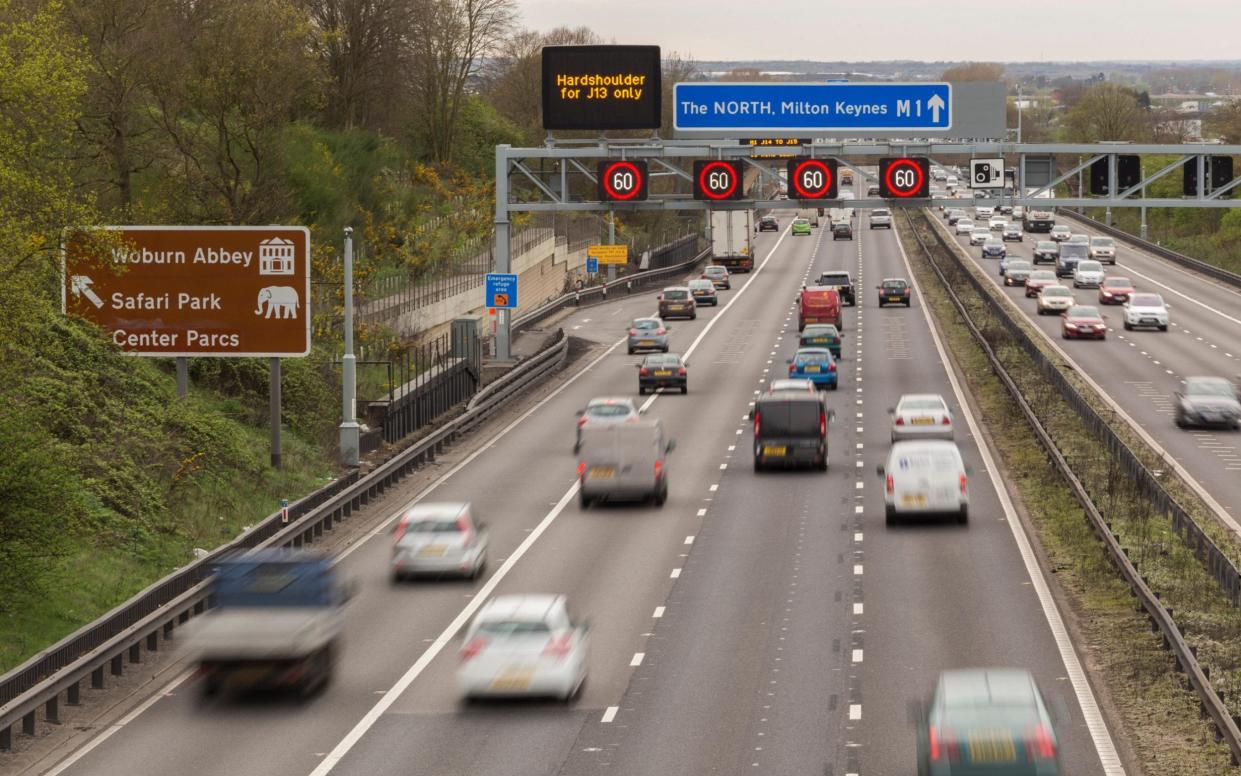Smart motorway breakdown response times still too slow

The 10-minute response-time target for reaching stopped vehicles on smart motorways has been missed, National Highways has said, after it first failed to accomplish the same goal in July 2021.
It was one of four safety targets implemented by the Government-owned company to boost protection on England’s smart motorways network, including the installation of additional emergency signs and enforcement cameras.
The missed target comes after figures suggested that stopped drivers are twice as likely to be killed or seriously injured on a smart motorway than on a traditional one with a hard shoulder
Concerns have been raised about fatal incidents where stopped vehicles were hit from behind with Grant Shapps, then transport secretary, publishing an "action plan" in March 2020 which set out the series of new safety measures.
National Highways' second-year progress report in May 2022 stated that four of those would be in place by the end of September, but the 10-minute response time target remained just out of reach.
Above the target
Figures for August – the most recent available – show the average response time was still above the target at 10 minutes and 29 seconds.
The Telegraph understands that average response time data for September is not yet ready.
National Highways had initially committed to reducing the average time it takes to reach vehicles stopped in live lanes, where emergency areas are more than one mile apart, from 17 minutes in 2020 to 10 minutes by July 2021.
After failing to accomplish that goal, it said in May that "we expect to achieve our aim to meet the 10-minute average response time by the end of Sept 2022".
Efforts included buying new patrol vehicles, recruiting more traffic officers and introducing "satellite traffic officer outstations" around the busiest smart motorway sections.
Meanwhile, stopped vehicle detection (SVD) technology has been retrofitted to all smart motorways without a hard shoulder and is designed to detect a stationary vehicle in a live lane in around 20 seconds.
Activate lane closure signs
The technology uses radar units monitoring motorway traffic in both directions. Then an alert is sent to a control room operator who can view the incident on a camera, activate lane closure signs on gantries and dispatch personnel.
Nick Harris, National Highways chief executive, said: "Safety is at the forefront of every decision we make at National Highways and we're committed to constantly raising the bar when it comes to the safety of everyone on our network."
Nicholas Lyes, head of roads policy at the RAC , said the rollout of SVD systems "should, in theory, ensure that vehicles stopping in live lanes are detected as quickly as possible".
He added: "It is now vitally important to bring down the response time to ensure that drivers are adequately protected."

